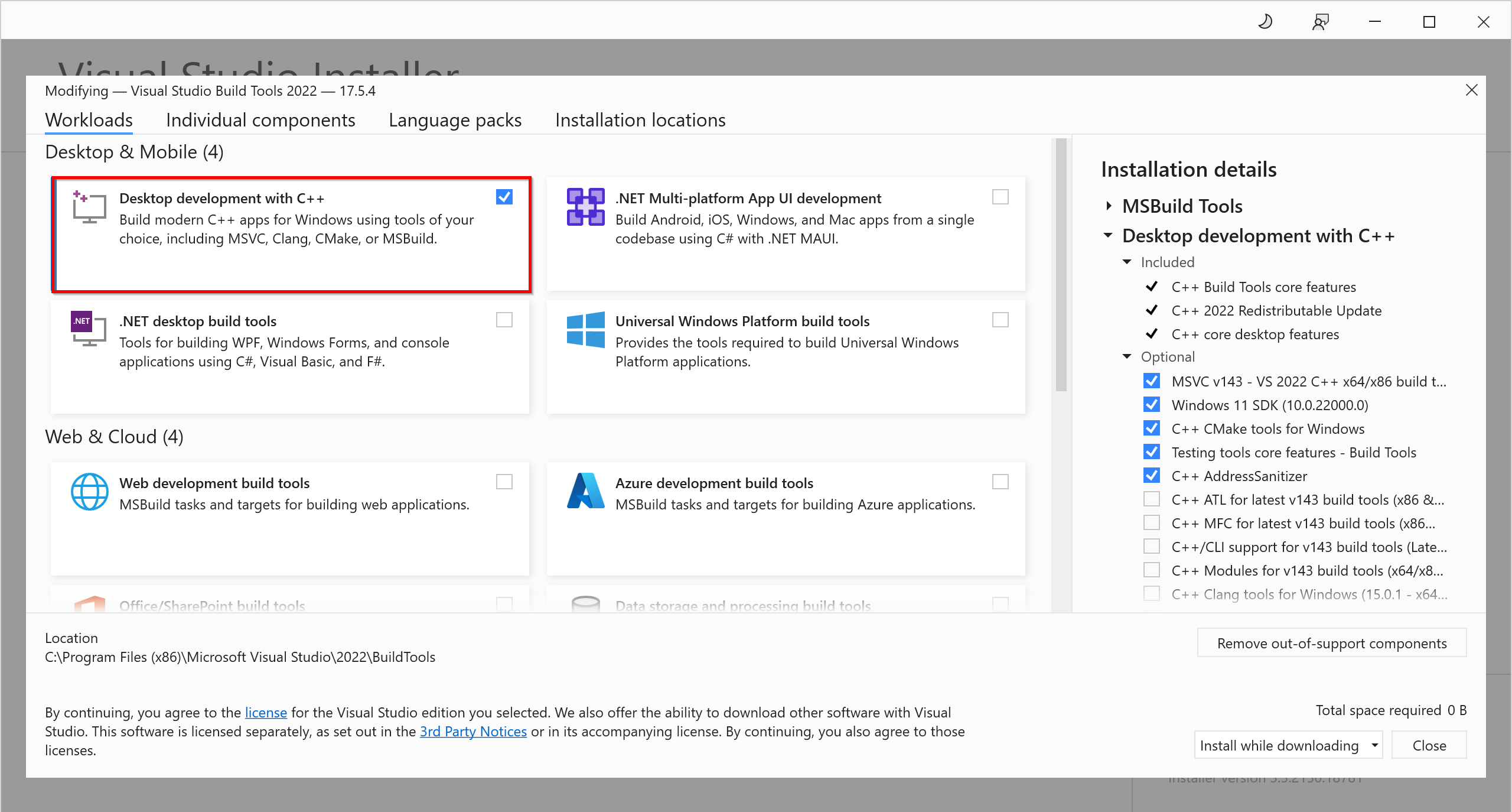Use Rdbtools to Generate Memory Report for Azure Cache for Redis and Convert Dump Files to JSON

Scenario:
The rdbtools is a handy utility that can parse Redis dump.rdb files, analyze memory, and export data to JSON. This tutorial shows a quick example using rdbtools to generate report for Azure cache for Redis, on memory usage and number of keys categorized by data type and data encoding.
Objective:
To showcase how to use the rdbtools to analyze memory use and data dumps from an Azure Cache for Redis. It is easy to use and gives more insights than the Memory Usage metrics available on the Azure portal.
Pre-requisites:
For this example, you would need:
- An Azure Cache for Redis in the Premium, Enterprise, or Enterprise Flash tiers.
Steps:
- Install rdbtools
- Add some data in the Redis
- Export data to dump
- Generate memory report
- Convert dump file to JSON
[STEP 1]: Install rdbtools
Note: Run the "pip install" command from the PowerShell. The "python-lzf" package accelerates the report generation. If you encounter the "Microsoft Visual C++ 14.0 is required" error, please install the C++ Build Tools from Visual Studio Installer as shown below. After installation in completed, add the script path which contains rdb.exe and redis-profiler.exe into the Path environment variable. For me, the script path is C:\Users\xxxxxx\AppData\Local\Programs\Python\Python39\Scripts.
[STEP 2]: Add some data in the Redis
Open "Console" from the Azure portal and run the following:
Note: Here I added 13 keys with various data types such as strings, lists, hashes, sets, and sorted sets.
[STEP 3]: Export data to rdb dump
Browse to the cache in the Azure portal and select "Export data" from the left menu. Pick a blob name prefix, select an output storage container, and then click "Export". After export is done, browse to the storage container and download the dump file.
[STEP 4]: Generate memory report
charlesredis1-report.html:
[STEP 5]: Convert dump file to JSON
Conclusion:
This example shows how to use the rdbtools to generate a memory report from an Azure Cache for Redis and convert the exported dump to JSON. The rdbtools analyzes the memory consumption of Redis keys as well as their data types. When it comes to improving the memory efficiency of a Redis cache, the rdbtools becomes a useful utility.
References:
Published on:
Learn moreRelated posts
Azure Developer CLI (azd) Dec 2025 – Extensions Enhancements, Foundry Rebranding, and Azure Pipelines Improvements
This post announces the December release of the Azure Developer CLI (`azd`). The post Azure Developer CLI (azd) Dec 2025 – Extensions En...
Unlock the power of distributed graph databases with JanusGraph and Azure Apache Cassandra
Connecting the Dots: How Graph Databases Drive Innovation In today’s data-rich world, organizations face challenges that go beyond simple tabl...
Azure Boards integration with GitHub Copilot
A few months ago we introduced the Azure Boards integration with GitHub Copilot in private preview. The goal was simple: allow teams to take a...
Microsoft Dataverse – Monitor batch workloads with Azure Monitor Application Insights
We are announcing the ability to monitor batch workload telemetry in Azure Monitor Application Insights for finance and operations apps in Mic...
Copilot Studio: Connect An Azure SQL Database As Knowledge
Copilot Studio can connect to an Azure SQL database and use its structured data as ... The post Copilot Studio: Connect An Azure SQL Database ...
Retirement of Global Personal Access Tokens in Azure DevOps
In the new year, we’ll be retiring the Global Personal Access Token (PAT) type in Azure DevOps. Global PATs allow users to authenticate across...
Azure Cosmos DB vNext Emulator: Query and Observability Enhancements
The Azure Cosmos DB Linux-based vNext emulator (preview) is a local version of the Azure Cosmos DB service that runs as a Docker container on ...
Azure Cosmos DB : Becoming a Search-Native Database
For years, “Database” and “Search systems” (think Elastic Search) lived in separate worlds. While both Databases and Search Systems oper...




